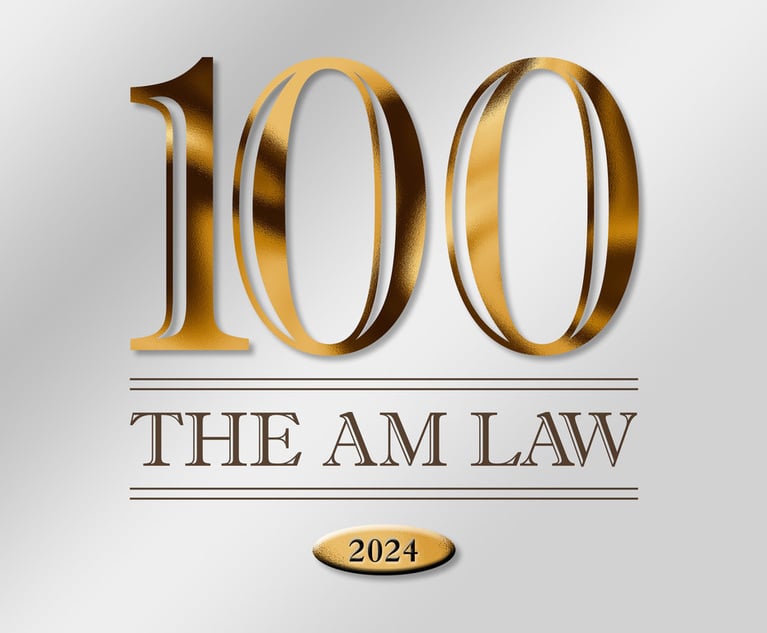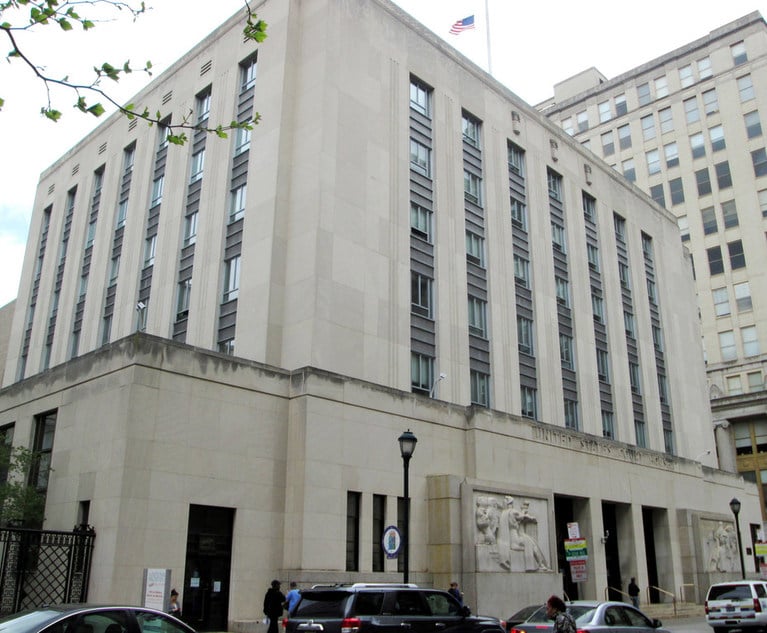There is no question that the times are changing not only in our profession but across all industries. This means that the evolution of law should be changing as well. So your firm would be remiss to not progress in a time when movements such as #MeToo, Black Lives Matter and Deferred Action for Childhood Arrivals (DACA), among many other significant social issues, affect not only our clients’ lives but our employees’ lives as well. This new era brings about new laws, new advocacy cases, new technology and therefore—new lawyers. While the numbers are growing, today we have more women- and minority-owned law firms entering the legal market than ever before. But while the number of women and minority lawyers overall in the industry are on the rise, they consist of starkly low numbers when compared to prior years where the number of social causes paled in comparison to today. As we embark on this ever-changing social climate, it’s more important now to have a clear vision for the future of your firm. A vision board is a great tool to help outline the goals and objectives of the firm as the climate around us continues to evolve.
Take a look back at your firm goals from 20 years ago, five years ago or even last year. Do those goals align with your firm’s path to success today? Does your firm even have a vision for the future of tomorrow and years down the road? A vision statement is the anchor point of any strategic plan—including your vision for your firm’s future. Having that clear vision for the future, asking the right questions, and engaging associates and staff will prepare you for the next wave of change. Remember that vision boards are meant to evoke change. Continue asking yourself are you aligned with the changing climate and am I truly serving my employees and clients. Using these four steps, your firm should be able to not only outline that vision for the future but doing so while ensuring it lands you and your firm in all the right places.


 Shaun Jones, office administrator for Kolsby, Gordon, Robin & Shore
Shaun Jones, office administrator for Kolsby, Gordon, Robin & Shore




